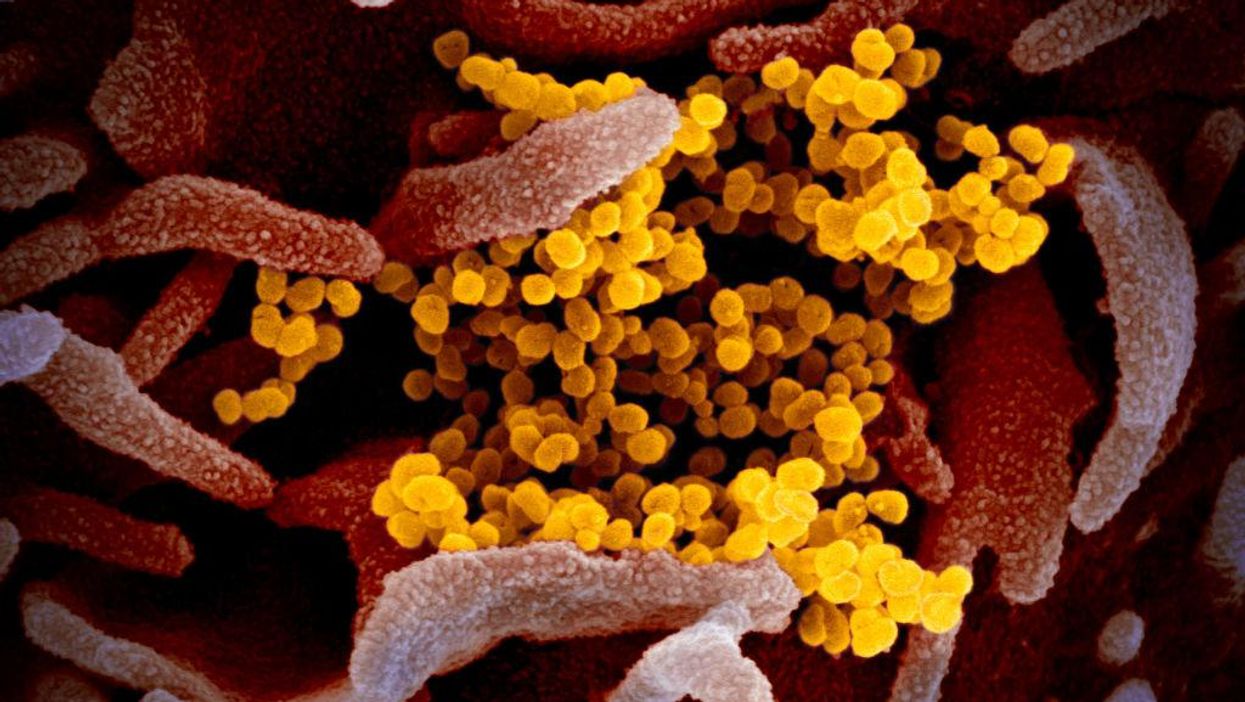
IMAGE POINT FR - LPN/BSIP/Universal Images Group via Getty Image

Weeks before initially reported
Scientists with the U.S. Centers for Disease Control and Prevention have discovered COVID-19 was infecting Americans in December 2019, further raising suspicion that the virus was circulating globally long before the initial outbreak was reported in China.
A study published on Monday by agency researchers identified 106 infections among 7,389 archived blood samples drawn from individuals in nine different states between Dec. 13, 2019, and Jan. 17, 2020. The samples were collected during routine blood donations by the American Red Cross and sent to the CDC for testing to determine if antibodies against the virus were present.
"The findings of this report suggest that SARS-CoV-2 infections may have been present in the U.S. in December 2019, earlier than previously recognized," researchers concluded in the study.
The scientists added it's unlikely the detected antibodies were developed to fight other coronaviruses, since 84 of the samples contained neutralizing activity specific to SARS-CoV-2.
The first documented case of COVID-19 in the U.S. emerged on Jan. 20. But due to China's misleading reports in the early stages of the pandemic, many have suspected that the virus was likely present in the U.S. long before the beginning of the year.
During the month of December, an onslaught of "mystery pneumonia" cases were reported in Wuhan, the outbreak's epicenter, with the first documented case traced back to Nov. 17. Several whistleblowers in the region attempted to sound the alarm about the new disease, but they were quieted, and it wasn't until Dec. 31 that China informed the World Health Organization's China office about the unknown illness.
Then, it wasn't until Jan. 9 that China announced to the world that it had mapped the coronavirus genome, but in the following week, Wuhan health officials insisted that no new cases had been discovered. On Jan. 14, the WHO announced Chinese authorities have seen "no clear evidence of human-to-human transmission of the novel coronavirus."
These ultimately false statements turned out to be extremely consequential for the health and safety of the world. At best, they were terrible and unfortunate misunderstandings; at worst, they were blatant lies. Meanwhile, hundreds of thousands of people were traveling directly to the U.S. from China, likely perpetuating the spread.
A March study found that if interventions to stop the spread of the disease in China had been "conducted one week, two weeks, or three weeks earlier, cases could have been reduced by 66 percent, 86 percent and 95 percent respectively — significantly limiting the geographical spread of the disease."
To date, the virus has infected more than 60 million people worldwide and resulted in nearly 1.5 million deaths.